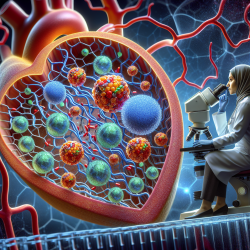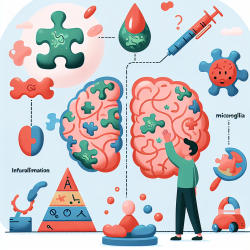Introduction
The Renin-Angiotensin System (RAS) is a crucial hormonal cascade involved in regulating blood pressure and fluid balance. However, its overactivation can lead to disorders such as hypertension, heart failure, and kidney disease. Traditional RAS inhibitors, while effective, face limitations like poor blood-brain barrier penetration and low bioavailability. Recent research highlights the potential of nanoparticle-mediated drug delivery systems (DDSs) to overcome these limitations.
Understanding Nanoparticle Approaches
Nanoparticles, typically ranging from 1 to 100 nm in size, offer unique advantages for drug delivery due to their water dispersibility, prolonged circulation half-life, and biocompatibility. Various types of nanoparticles, including chitosan, polymeric, and metallic, have been explored for RAS-related treatments, particularly in hypertension and cardiovascular diseases.
Applications in Hypertension and Cardiovascular Diseases
In hypertension, nanoparticle approaches have shown promise in enhancing the bioavailability and efficacy of drugs like aliskiren, an oral direct renin inhibitor. Studies have demonstrated that encapsulating aliskiren in nanoparticles can significantly lower blood pressure more effectively than the free drug.
For cardiovascular diseases, nanoparticles have been used to deliver angiotensin receptor blockers (ARBs) and bioactive peptides, improving their therapeutic outcomes by enhancing tissue distribution and reducing side effects.
Potential for Neurodegenerative Diseases
The brain RAS plays a role in neurodegenerative diseases like Alzheimer's and Parkinson's. Nanoparticle delivery systems can potentially enhance the brain penetration of RAS inhibitors, offering new therapeutic avenues for these conditions.
Encouraging Further Research
While nanoparticle approaches hold great promise, further research is needed to address challenges such as purification processes and toxicity assessments. Practitioners are encouraged to explore these innovative solutions to improve treatment outcomes for RAS-related diseases.
To read the original research paper, please follow this link: Nanoparticle approaches for the renin-angiotensin system.










